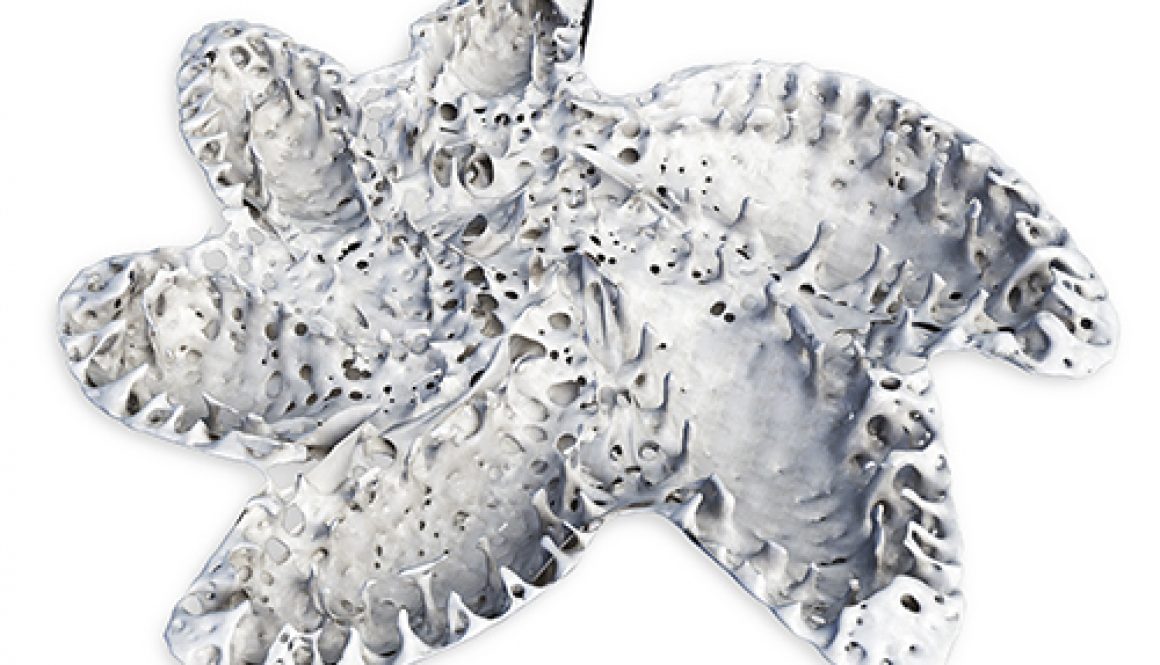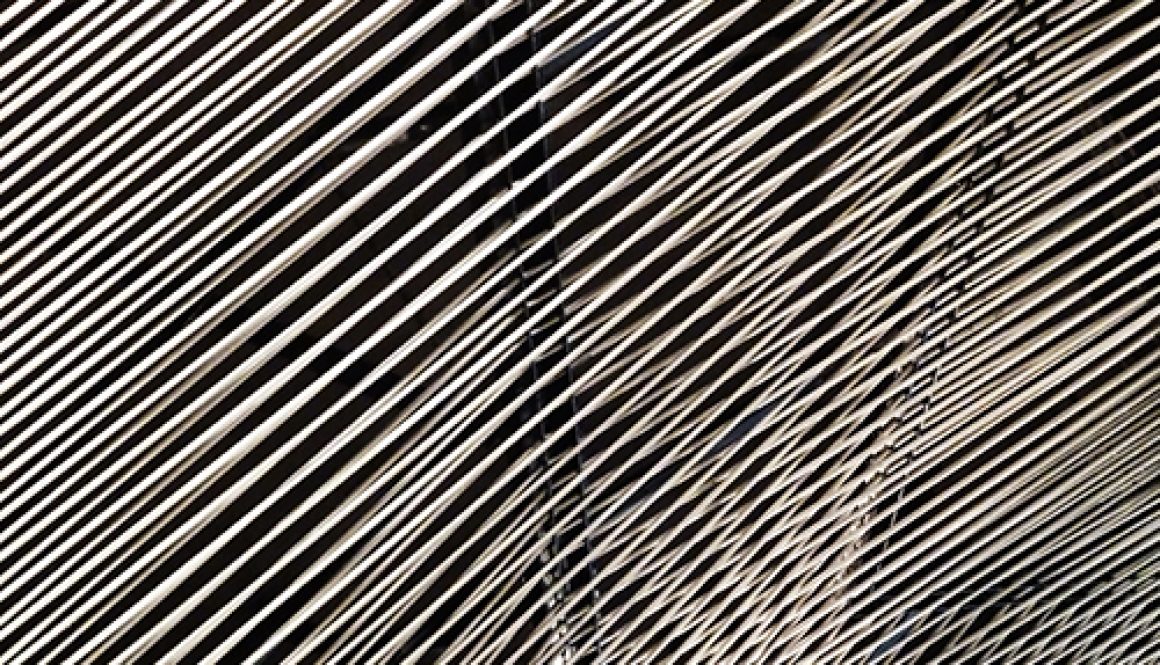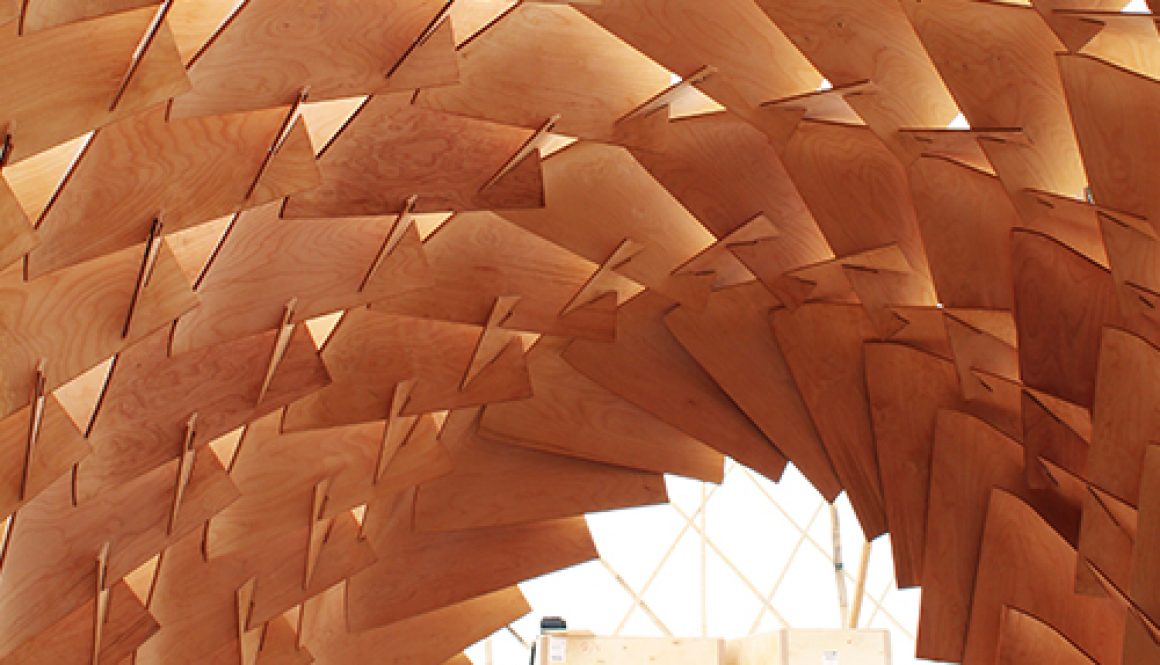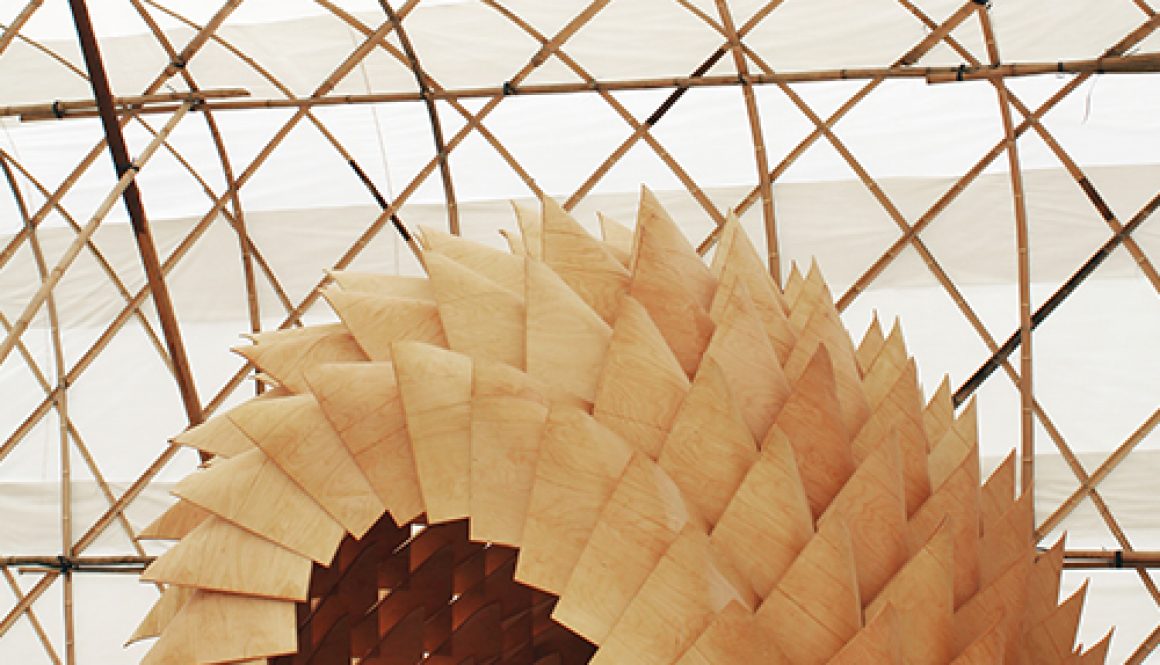Shells Matter
Journal Paper
Shells Matter
by Crolla K.
ABSTRACT | No innovation has prompted greater expectations within the architectural profession than the digital design revolution. Only recently, with virtually every single architectural practice accommodating personal computing one way or another, have firms started to use computers beyond a mere replacement or automation tool for old drawing traditions. Although not developed for that particular purpose, procedural design tools like Bentley’s Generative Components or Grasshopper, a plug-in for McNeel’s 3D NURBS modelling software Rhinoceros, allow for an easy production of highly graphical output. The ease by which these instant graphics can be playfully manipulated makes the tools popular weapons of choice for designers looking to creatively tackle problems presented by a primarily image-driven commercial development market. With no clear remaining architecture style or all-encompassing design paradigm to answer today’s building challenge, and with little or no convincingly remaining motivation for form, the general focus of architectural design thus shifts more and more towards pure graphics and form. Consequently, a wide, yet extremely shallow proliferation of parametric modelling techniques is currently taken place. As problematic as this uncritical tool implementation may be, it succeeded in pushing many across the first hurdles of computer programming based design methodologies, which has now widely permeated the scene.
KEYWORDS | Performance Integrated Design; Shells; Integrated Tectonics; BESO
CITATION | Crolla, Kristof. “Shells Matter”, Community Design, Tsinghua University Magazine, Oct. 2012
























